Digital Currency Payment Application: Comparison of Digital Currency and Traditional Payment
Nowadays, with the rapid development of science and technology, digital currency has gradually become an important part of people’s lives. Digital currency payment application has become a hot topic in the industry. This article will analyze the comparison between digital currency and traditional payment from the aspects of application scope, application cost and application security.
First of all, in terms of application scope, digital currency payment application has a wider range of applications than traditional payment. Traditional payment is mainly used in retail, catering and other industries, while digital currency payment can be used in more fields, such as online shopping, securities trading, international payments, etc. Therefore, digital currency payment can meet the needs of customers in more fields.

In terms of application cost, digital currency payment application is much cheaper than traditional payment. Digital currency payment application does not need to pay the handling fee of third-party payment platform, and the transaction cost is much lower than that of traditional payment. Therefore, digital currency payment can greatly reduce the cost of merchants and customers.
Finally, in terms of application security, digital currency payment application is more secure than traditional payment. Digital currency payment is based on blockchain technology, which is characterized by distributed storage, information transparency, data non-tampering and other features, so it can ensure the security of customer funds. In addition, digital currency payment also has the function of anonymous payment, which can protect the privacy of customers.
To sum up, digital currency payment application has a wider application scope, lower application cost and higher application security than traditional payment, which is more suitable for the current market environment. Therefore, digital currency payment application will be the trend of the future market.

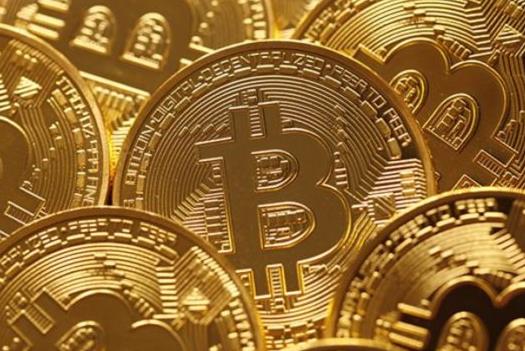
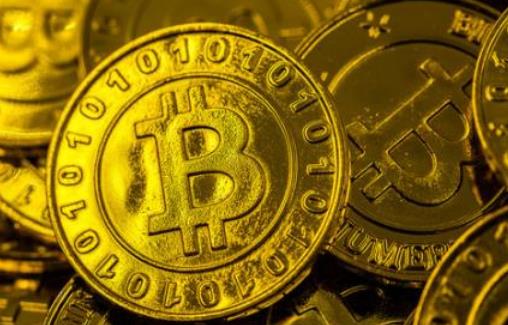

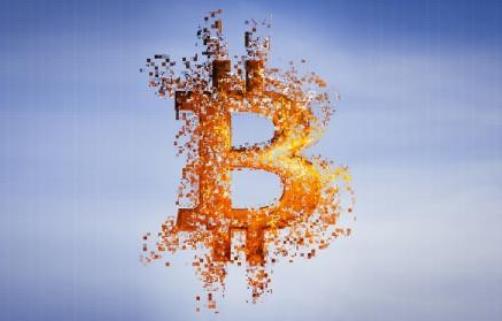
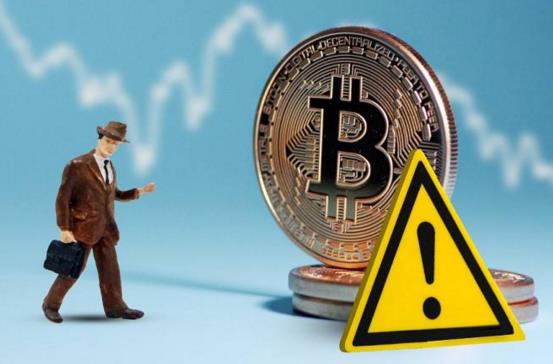
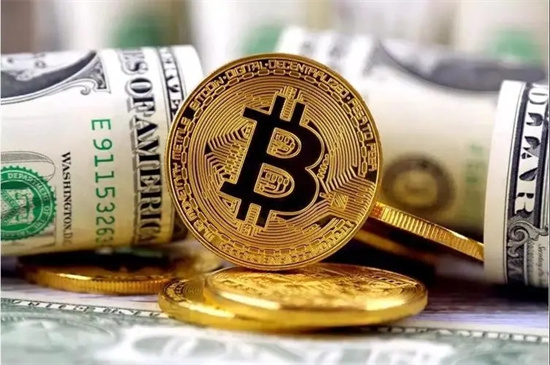
 微信咨询
微信咨询
